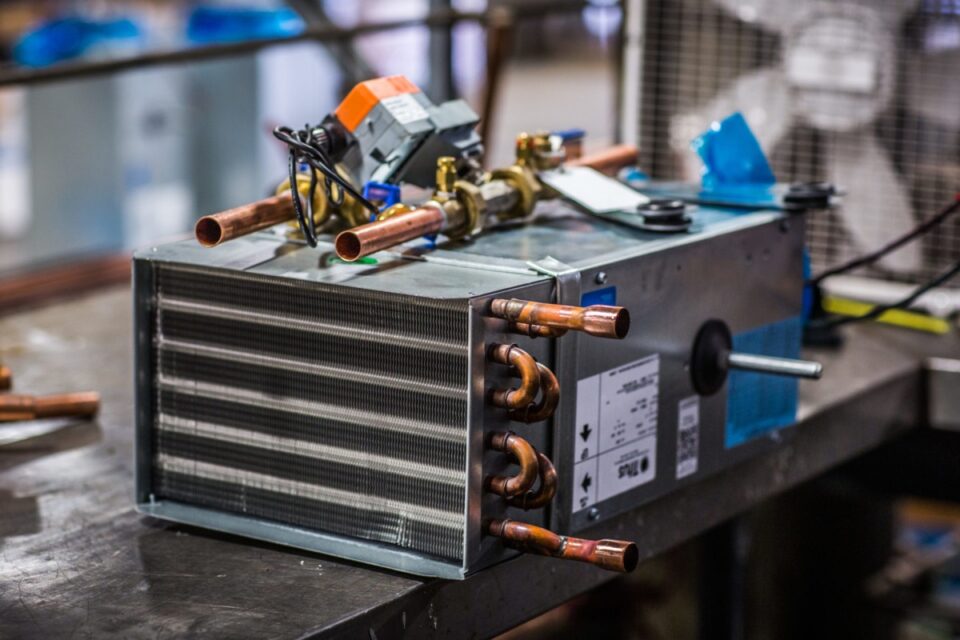York microchannel coil are gaining recognition in numerous industries as a outcome of their compact measurement, high efficiency, and lightweight design. However, like several expertise, they come with their own set of disadvantages that have to be thought of before implementation.
High Pressure Drop
One of the most important drawbacks of York microchannel coil is their high strain drop. The small channels via which the fluid flows end in a major strain drop, which may result in increased pumping costs and vitality consumption.
Microchannel heat exchangers are more susceptible to fouling compared to traditional warmth exchangers. The slender channels can easily turn out to be clogged with particles, leading to a decrease in warmth transfer efficiency and a rise in upkeep necessities.
Due to their compact design, microchannel warmth exchangers have restricted capability compared to bigger heat exchangers. This could be a disadvantage in applications the place a high heat switch price is required, as multiple items might must be used to realize the desired performance.
While microchannel heat exchangers provide benefits in terms of size and effectivity, they may also be extra expensive to fabricate and set up compared to traditional warmth exchangers. This can be a barrier to adoption for some industries with budget constraints.
Corrosion Concerns
York microchannel condenser generally produced from aluminum or different metals that may be susceptible to corrosion. In purposes where the fluid being processed is corrosive, further measures may need to be taken to stop degradation of the warmth exchanger over time.
Maintenance Challenges
Cleaning and maintaining microchannel heat exchangers can be challenging due to their small size and intricate geometry. Specialized cleaning techniques may be required to remove fouling and deposits from the channels effectively.
While the compact size of microchannel heat exchangers is advantageous in many applications, it also imposes limitations on heat transfer capacity and scalability. Scaling up microchannel systems may necessitate complex designs and higher costs.
The performance of microchannel heat exchangers is often dependent on factors such as flow rates, fluid properties, and operating conditions. Deviations from optimal conditions can impact heat transfer efficiency and overall system performance.
Microchannel heat exchangers may experience thermal stress due to temperature gradients within the channels, especially during transient operation or thermal cycling. Thermal stress can lead to mechanical failure or structural damage over time.
While microchannel warmth exchangers offer many advantages, it could be very important consider their disadvantages earlier than deciding to implement them in a specific application. By rigorously evaluating the specific necessities and challenges of the system, engineers can decide whether a microchannel heat exchanger is the solely option for their wants.

